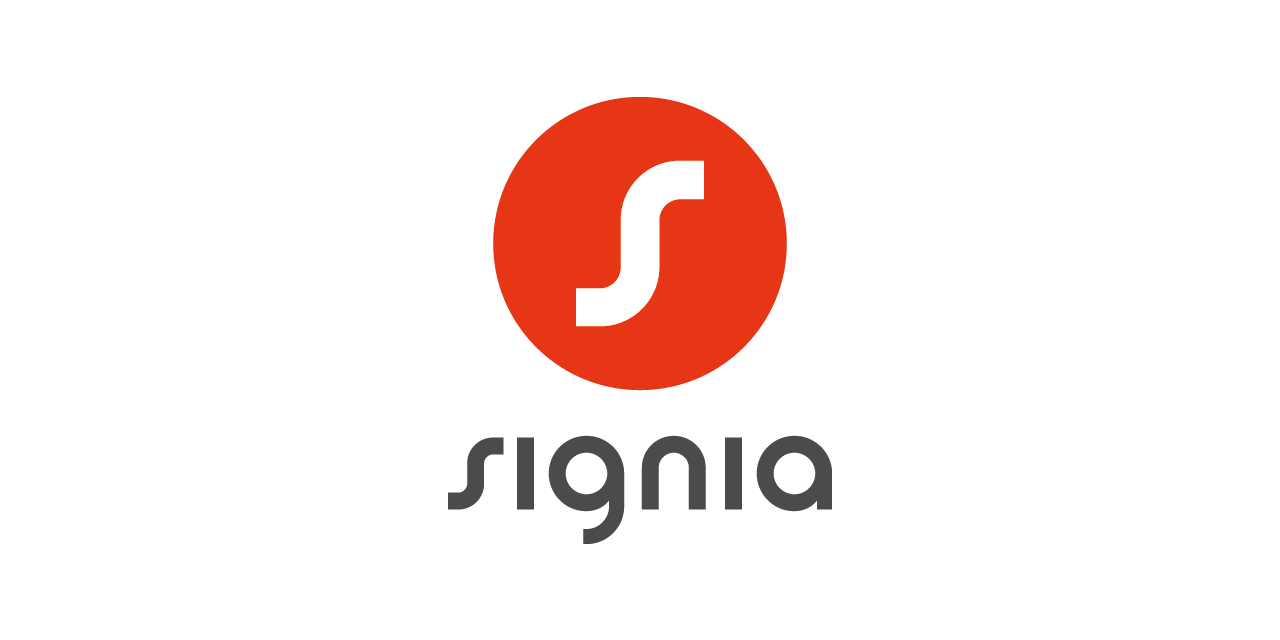For system operators
We've got answers for all of your questions.
Quickly explained
Frequently asked questions
Thanks to hearing assistance system tests by experienced testers …
… you’ll find out whether your system still works properly. Is the sound from the microphone and other sources transmitted clearly? Does anything need adjusting? For people with hearing aids, a well-functioning system makes a big difference. It allows them to take part in your events without barriers. Advice is free and independent. Contact your local Pro Audito section or another relevant association.
Get in touch – we’re happy to help.
Thanks to hearing assistance system specialists …
… you’ll receive expert advice. Do you have issues with your current system? Or are you planning to install a new one? The specialist knows what to do. Hearing assistance systems are technically demanding – they need proper planning, installation, and setup. To ensure they work as intended, expertise is key. These specialists work independently and invoice their services directly.
It is important for system operators to know whether their own hearing system is working. The following instructions allow you to test an inductive hearing system using a receiver and headphones.
- Switch on your audio system and, if necessary, the amplifier for the hearing system.
- Ask someone to speak into a microphone at a normal volume and speed and at a normal distance.
- Switch on the induction receiver and connect the headphones.
- Always hold the receiver vertically and at ear height (1.2 m for seated users, 1.7 m for standing users).
- Adjust the volume on the receiver.
- Assess the reception quality at different positions in the room. Pay attention to the following:
- Where is the sound louder or quieter? Tip: Do not change the volume on the receiver in between - this will distort the result.
- Does the speech signal sound clear and undistorted, i.e. not muffled, scratchy, tinny or similar?
- Are background noises very distracting? Tip: Ask a person with hearing loss to test the hearing system directly via the T-coil in the hearing aid or cochlear implant (CI). People with hearing aids or cochlear implants often perceive background noise differently than people with receivers and headphones.
Make a note on a floor plan of where the speech signal is best. Recommend these positions to people with hearing systems with a ‘T-coil’. You can also mark individual places directly with a ‘T’ pictogram.
Translated with DeepL.com (free version)
The installation of an inductive hearing system is possible in various environments to make it easier for people with hearing aids or cochlear implants to hear. Here is the most important information:
Public buildings and event venues
In churches, theatres, cinemas, museums, conference rooms and public offices, permanently installed inductive hearing systems are used for accessibility in accordance with the Disability Discrimination Act (BehiG). These are required by law for new builds and conversions above a certain room size in accordance with the SIA 500 architectural standard.
Workstations and meeting rooms
Financial support can be applied for through disability insurance (IV). Swiss umbrella organisations for the hearing impaired, such as Pro Audito Switzerland or advice centres for the hearing impaired and deaf, offer advice and funding opportunities. Companies (employers) can have mobile or permanently installed induction systems installed.
Private installations (at home)
Mobile or stationary loop systems can be installed by a hearing aid acoustician or by specialised companies. They are suitable for televisions, telephones and living rooms.
No, the entry is completely free of charge.
Yes. Accessibility in public buildings is regulated by the Disability Equality Act (BehiG). The Swiss standard SIA 500 «Barrier-free buildings» defines when and where hearing assistance systems must be installed (according to the guidelines of Accessible Architecture Zurich).
According to section 7.8.1.1 of SIA 500, assembly rooms in public buildings must be equipped with a hearing system from a certain size onwards – especially if a sound system is used to amplify information, speeches or performances.
The standard recommends using inductive transmission systems (hearing loops). Infrared or radio transmission systems are also permitted, provided that compatible receivers with neckloops or audio cables for hearing aids are available. The systems must comply with standard SN EN 60118-4.
SIA 500 also requires that at least one service counter with a glass barrier is equipped with an inductive hearing system. In sports halls, at least 20% of the spectator area must be covered by such a system.
Organisations and facility managers should ensure that their systems meet current standards and are properly maintained – to support people with hearing impairments effectively.
